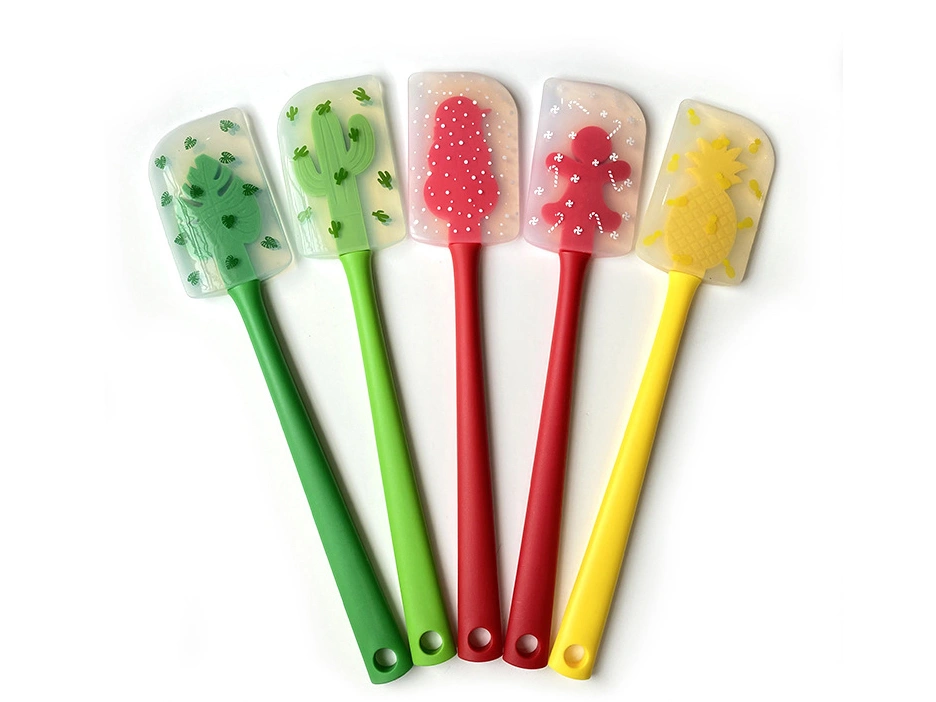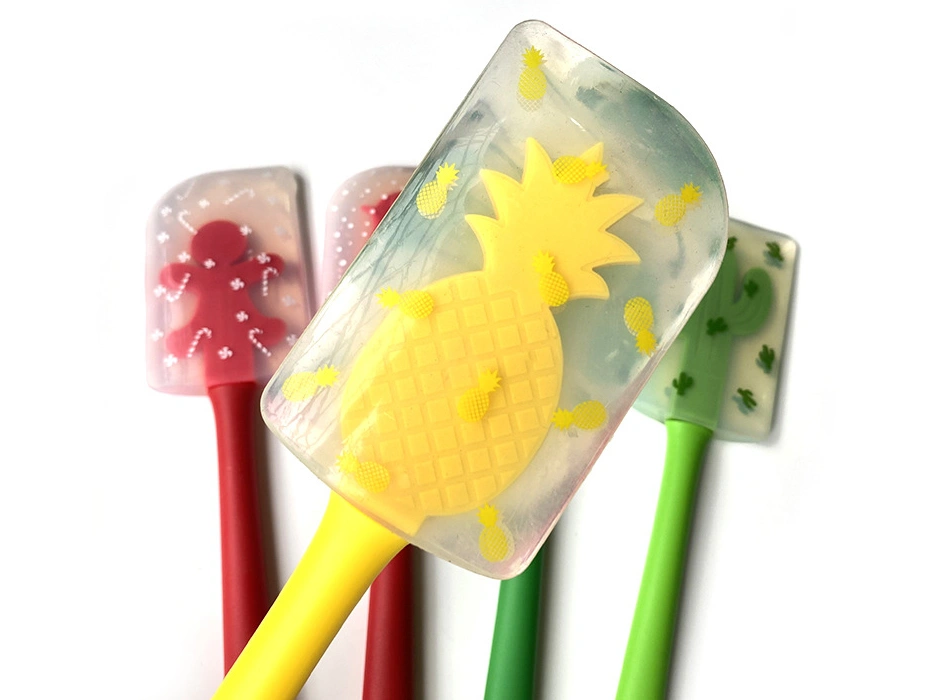
Introduction
Silicone spatulas are those flexible, colorful tools you see in nearly every modern kitchen. They’re perfect for mixing, folding, and scraping without scratching your cookware. But have you ever stopped to wonder, “What are silicone spatulas made of?” Let’s dive into the materials and benefits of silicone spatulas, and understand why they’ve become an indispensable part of our culinary arsenal.
What Are Silicone Spatulas?
Silicone spatulas are versatile kitchen utensils primarily made from silicone, a type of synthetic rubber. They come in a variety of shapes and sizes, each designed for specific tasks like scraping bowls, mixing ingredients, or spreading batter. Their flexibility, durability, and heat resistance make them ideal for cooking and baking.
The Core Material: Silicone
The main ingredient in these handy tools is silicone. Silicone is a synthetic material made by combining silicon (a naturally occurring element) with oxygen, carbon, and hydrogen. This combination creates a durable, flexible, and heat-resistant material. It’s perfect for kitchen use because it can withstand high temperatures, doesn’t react with food, and is safe for food contact. Plus, it’s easy to clean, which is always a bonus in the kitchen.

Additives and Fillers
To enhance the properties of silicone, manufacturers often add fillers and additives. These can include colorants, which give silicone spatulas their vibrant hues, and other chemicals that improve flexibility and strength. The exact mix of these additives can vary depending on the specific use of the spatula. For example, some spatulas might be softer for delicate tasks, while others are more rigid for heavy-duty mixing.
Handle Materials
The handles of silicone spatulas can be made from a variety of materials, each offering different benefits. Common handle materials include:
- Plastic: Lightweight and durable, plastic handles are easy to clean and comfortable to hold.
- Wood: Offering a classic look and a comfortable grip, wood handles are sturdy but require a bit more care.
- Metal: Providing strength and longevity, metal handles are great for heavy-duty use.
Some spatulas are designed with a seamless silicone construction, integrating the handle and blade into a single piece for easy cleaning and maximum hygiene.
Benefits of Silicone Spatulas
Silicone spatulas have several advantages that make them a favorite among chefs and home cooks alike:
- Heat Resistance: Silicone can withstand high temperatures, making it perfect for cooking and baking.
- Non-Stick: They don’t scratch non-stick cookware, helping your pots and pans last longer.
- Flexibility: Silicone’s flexibility allows you to scrape every last bit of batter or sauce from your bowls.
- Durability: Resistant to stains, odors, and corrosion, silicone spatulas last a long time.
- Easy to Clean: Most silicone spatulas are dishwasher safe, making cleanup a breeze.
Conclusion
Silicone spatulas, with their unique properties and versatile uses, are an essential tool in any kitchen. Understanding what they’re made of and the benefits they offer can help you make an informed decision, whether you’re a retailer looking to stock up or a home cook choosing the best tools for your kitchen. With their durability, flexibility, and heat resistance, silicone spatulas are a smart investment for anyone who loves to cook or bake.
